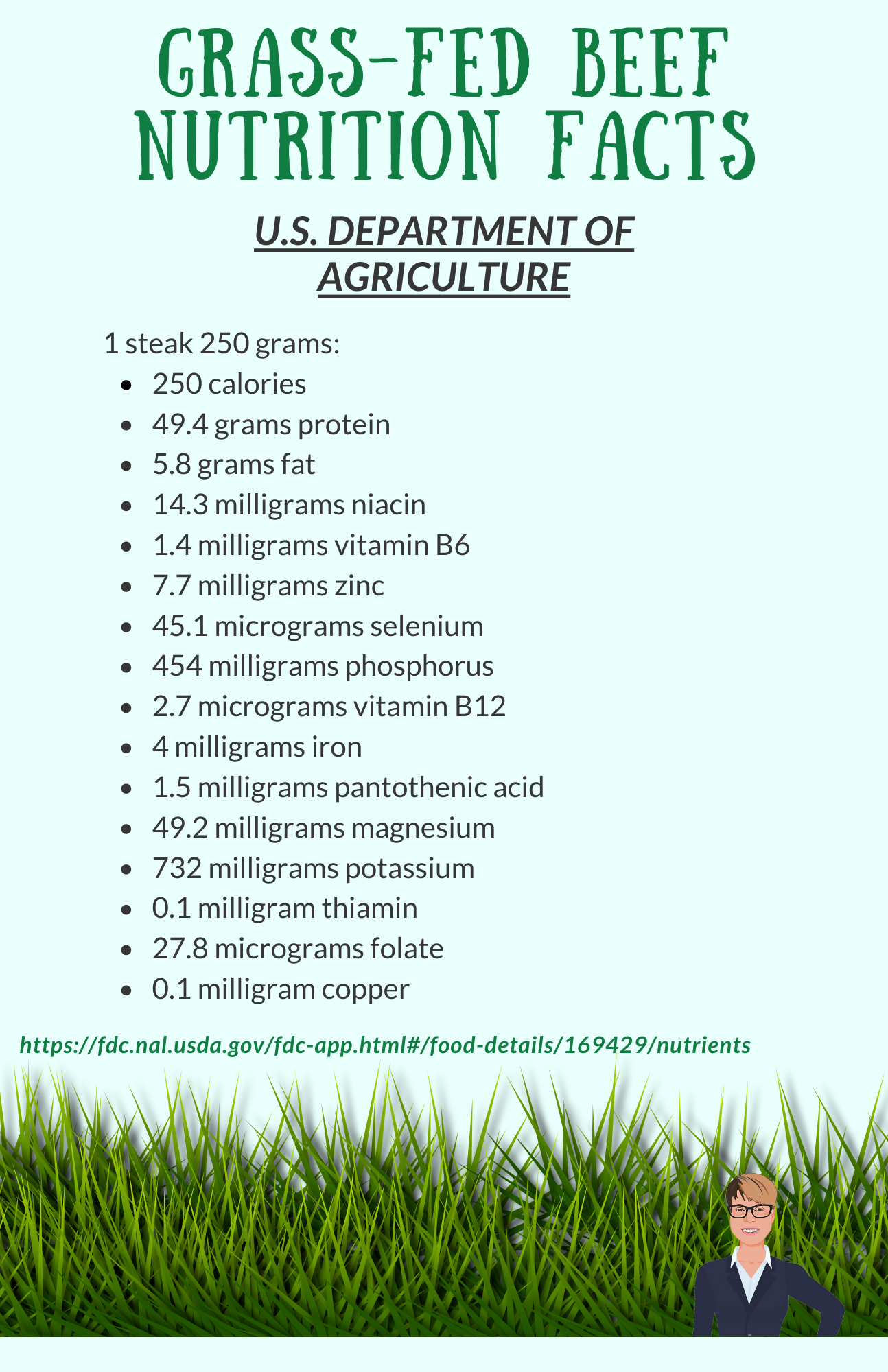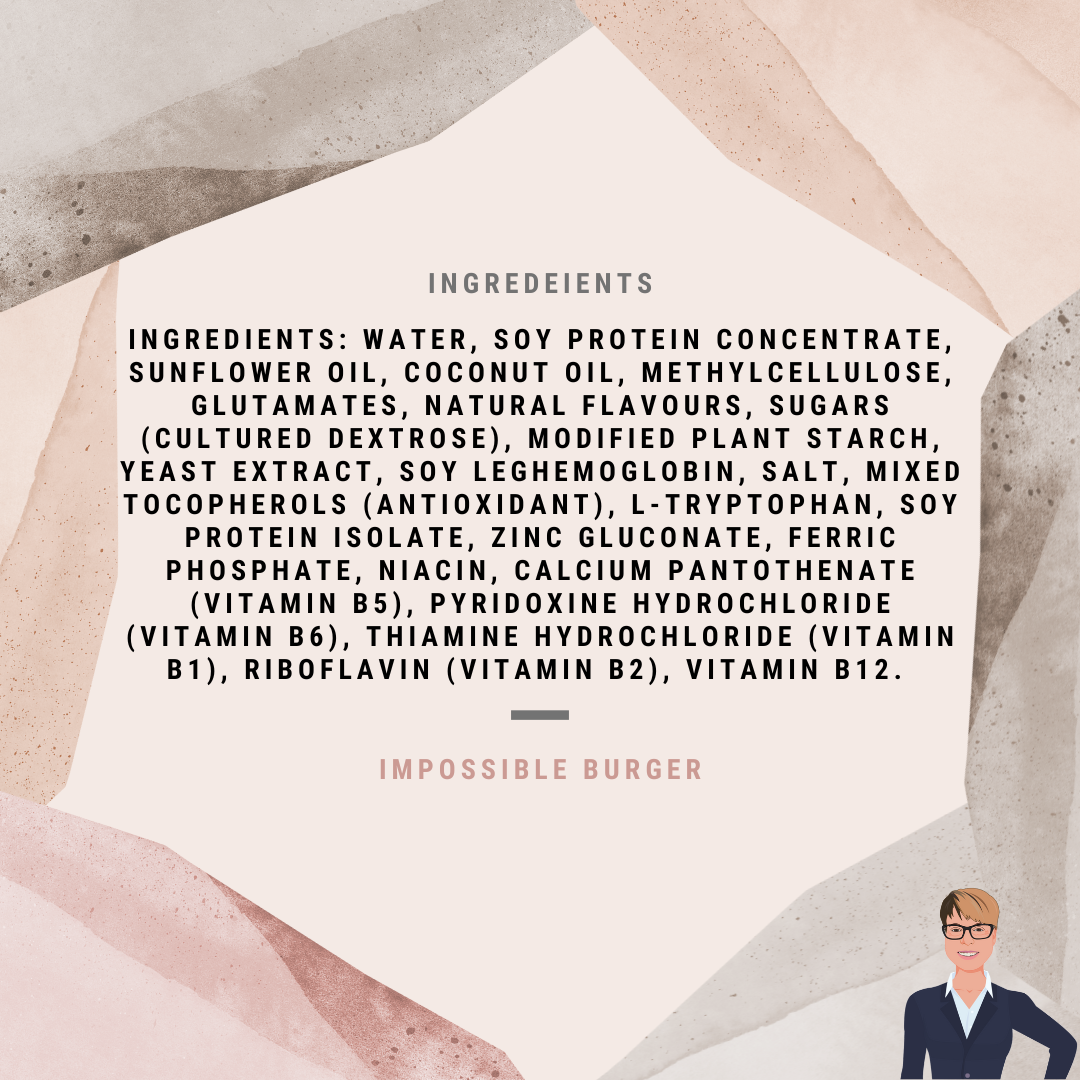Grass-Fed Beef vs. Beyond Meat
Depending on where you dine out, you may have the option of ordering grass-fed beef, corn-fed beef, or one of several meat substitutes.
How do you know which is best for you?
Do the promoted health benefits of any of these options deliver what they claim?
Plant-based meat is here to stay, but is it the best choice? Is there a difference between grass-fed and industrial grain-fed beef?
Let’s dive into what options you have as well as the benefits and drawbacks of each. Health-conscious consumers should know how beyond beef compares to natural meat. Why? So you can make the best-informed decision for you and your health.
What Is Grass-Fed Beef?
When you eat a steak or burger, do you know what that cow ate?
You may be disappointed to learn that industrial cattle farmers often rely on cheap corn and grains to fatten up cattle quickly. Fatty beef may be more tasty, but there are health consequences to all that saturated fat.
Grass-fed beef, by contrast, is more nutritious and healthier. Cattle evolved to eat grass, which is one reason why a diet of grass leads to healthier cows and healthier beef that is more nutrient-dense.
Grass-fed cattle graze in open pastures, so they are typically happier and healthier animals in the first place. Ranchers need one to two acres per head of cattle to provide enough grass to raise steers and cows.
Raising cattle the natural way may require more resources, but the resulting beef is leaner and more densely packed with nutrients.
Since all cattle eat grass at some point in their lives, look for a designation of “100% grass-fed” when purchasing beef. That will help you maximize the benefits of this brain food.
If you're looking to buy wild-grazed beef, I recommend considering purchasing it from my friends Andrea and Ted at Bunchgrass.
Grass-fed; Grass-finished?
Grass-fed indicates that cattle primarily consume grass, though farmers may supplement their diet with feed, including corn, at certain stages. Grass-finished means exclusive mother's milk and forage. Both methods offer leaner beef with beneficial fatty nutrients compared to factory farming practices.
What Is Beyond Meat?
But what if you’re looking for a plant-based alternative? Is Beyond Meat a good choice?
Plant-based patties are nothing new, but a new crop of companies has improved the quality and texture of the meatless substitutes.
Beyond Meat is a plant-based meat substitute that hit the market in 2012. The faux meat is sourced from beans, peas, potatoes, and brown rice and is intended to taste like natural beef. The nutritional makeup is similar to beef, which is why fans of Beyond Meat contend that the food product has a similar texture and flavour profile as beef.
“If we are what we eat, Americans are corn and soy”
Beyond Meat looks like uncooked meat and requires cooking just like raw beef does. The line of products also has Beyond Sausage, Beyond Burger, Beyond Meatballs, and Beyond Chicken. And a similar product is manufactured by Impossible Foods.
When considering meat alternatives, knowing what you’re getting and what ingredients the food contains is important.
While fake meat promises health benefits, those products don’t always deliver. Beyond meat patties, for example, are higher in sodium than natural beef and contain too much soy or potatoes for some people.
Here are a couple grass-fed beef recipes that are equally healthy and scrumptious:
Check out our recipe e-books!
You may also like
I wanted to really thank you with all that you taught me. There are some major improvements which I can only really thank you for.
This is the first time ever that I have ever had a blood pressure test come back as "normal" blood pressure reading, even when I was relatively fit and working for Canadian Pacific Railway. That was also during a stressful circumstance as well, which is quite mind boggling to think about.
I also talked with my doctor and I was able to "reverse my diabetes" diagnosis on two blood test on different days, basically blood sugars are back to normal.
It is also different to be able to walk further without feeling any of the usual back pain I'm used to expecting.
These are things I can only thank you for, and I can also give myself a touch of credit for staying strong and following the program. I've had some instances were I fell through and was unable to follow it, but after starting to not feel good, I made strong efforts to get back onto the dietary program and continue. And there are clear signs that things are still improving.
—Jacob S. British Columbia
Why Choose Me?
I never met a person that didn’t have some resistance to change. I take the time to get to know my clients fully, find their internal motivation and set them up for long-term success that’s personalized.
Benefits of Grass-Fed Cattle
Grass-fed cattle are typically free from hormones and antibiotics that can remain in the beef when consumed. When ranchers take the time to feed their cattle naturally, they are often motivated to follow that ranching philosophy in other areas, like sustainable farming practices.
One way to ensure you do not unintentionally consume potentially dangerous growth hormones is by sticking with 100% grass-fed cattle.
Moreover, discerning beef eaters typically prefer grass-fed beef. Grain-fed cattle have fattier meat, but that often obscures the natural flavour of beef. Steaks from grass-fed cattle are also more tender.
Grass-fed cattle also have healthier fats and higher levels of vitamins and minerals. The free-ranging cattle are also better for the environment. When cows and steers are free to roam, they naturally fertilize the land.
Cattle are meant to be a part of the ecosystem and not simply crammed into feedlots.
Free-ranging cows and steers that exclusively eat grass are also better for the environment. As cattle naturally fertilize the grass, that acts as a carbon-trapping process that offsets methane release.
So grass-fed cattle are better for both your body and the environment.
Benefits of Beyond Meat
But what about non-beef products? What benefits do they provide?
For many, the most significant benefit of Beyond Meat and similar products is the absence of animal products. This may not matter to non-vegetarians, but a small yet sizeable part of the population abstains from consuming animal products.
Companies that produce fake meat often refer to four main benefits it brings.
Health - Whether or not fake meat is healthier is debatable. The human body is not designed to consume artificial or highly processed food. Poor-quality red meat can also be unhealthy if eaten in large amounts. But humans have safely consumed grass-fed meat for tens of thousands of years.
Climate Change - Farming grains requires fewer fossil fuels. Raising cattle requires a large amount of feed and water. Though cows and steers emit methane, a known greenhouse gas, grass-fed animals regenerate the soil and have been shown to actually reduce greenhouse gas emissions compared to intensive crop practices.
Eco-Friendly - Some argue that the eco-friendly nature of fake meat preserves natural resources. However, grazing animals may be the key to restoring balance in our ecosystem, restoring soil microbial diversity, and making land more resilient to flooding and drought.
Happier Animals - Many people avoid eating beef for ethical reasons. Some people believe that eating cattle is unethical, while others believe that the industrial food industry treats animals inhumanely. For anyone who cares deeply about animal rights, Beyond Meat and other products may offer one solution that still allows them to enjoy a “hamburger.” However, when animals are treated humanely, allowed to roam freely, and graze on grass as designed, one can also argue these are the happiest animals of all!
So, whatever stance you take, it’s wise to be well-informed and recognize the benefits of free-range cattle compared to industrial feed lots.
Beef Is NOT a Water Hog - 94% of Water Allocated to Beef Production is Natural Rainfall: Infographics claiming that beef production uses an excessive amount of water fail to distinguish the different sources of water, resulting in misleading information.
Source: https://www.sacredcow.info/blog/beef-is-not-a-water-hog
Dangers of Fake Meat
Companies that sell fake meat are quick to describe the health benefits of the artificial substitute. Still, those advertisements don’t always tell the whole story.
Additives like starch and dextrose (sugar) can lead to spikes in blood sugar levels. Corn is another common ingredient in fake meat. Americans already eat high levels of corn which can lead to weight gain, metabolic syndrome, and high triglyceride levels when over-consumed.
Another popular fake meat ingredient, soy, can lead to hormone issues. But the biggest health problems may come from the artificial ingredients and fillers added to fake meat products that our bodies are not designed to digest.
If you care about your health, ask yourself: Would you prefer to eat something that was processed in a factory or grown on grassy fields as Mother Nature intended?
Which Option Is Right for Me?
So, now that we have considered several different options, which one is right for you?
Impossible Foods and other companies offer options for folks who want hamburgers and other traditionally meat-based products without supporting industrial feedlot practices. So, if you are opposed to eating beef, imitation meat offers one way to continue enjoying burgers, chicken nuggets, and other popular food items.
Just remember that imitation meat is just that - an imitation. It is a product made in factories that often contain chemical additives and preservatives. As this is not always the case, be your own health advocate by checking the ingredient list to determine if the option you are considering is a good choice for you.
What about beef? Beef is often misportrayed as unhealthy, but there are two sides to the coin. On one side are grain-fed cattle raised in industrial feedlots, while on the other are cattle naturally raised on grass.
When consumed in healthy quantities, naturally raised grass-fed beef is known to be nutritious and healthy. It contains less fat, fewer calories, and up to five times as much omega-3 fatty acids as grain-fed beef. So, compared to grain-fed cattle, cows and steers that graze in open pastures create a product that is leaner yet more nutrient-dense.
Companies like Beyond Meat and others create products that taste and look just like real meat. These alternatives to meat are a viable option for folks who want to cut animal products out of their diet, but please consider nutritional labels carefully. If the alternative is loaded with chemical additives and preservatives, it may do more harm than good.
On the other hand, healthy levels of grass-fed beef are nutritious. Our body knows how to process natural foods, and choosing free-range beef will provide good nutrients and healthy amounts of fat.
It’s no secret that I am a proponent of healthy, naturally-raised grass-fed beef. I support local ranchers who care about the quality of the food they raise as much as I care about my own health.
That is my personal opinion - to which each of us is entitled.
So, as always, I encourage you to do what is best for you. Understand what is in the food you eat, where it comes from, and how it affects your health. The decision is yours to make. If you’re hungry for more see our previous post about The Shocking Benefits of Grass-Fed Beef.
Learn More About Brain-Friendly Diets
If you care about nutrition that is good for your body and brain, consider following our evidence-based blog for more great advice.
Stop worrying about the health of your brain and take control by making small changes to your diet. As a Brain Health Coach, I can help you bust through the fatigue and brain fog that may be ruling your day. Contact me to schedule a one-on-one session today.
And be sure to stay tuned for more information about my upcoming online course for those struggling with lingering post-concussion symptoms. If you’d like to stay in the loop, be sure to drop me a line so you can be the first to know when the course is available.
As always, I welcome your thoughts and value your opinion. Let me know what you think by commenting below.
[Medical Disclaimer]
Please consult with your doctor(s) before starting any new mental or physical health improvement program. The advice I offer is not intended to replace that of your medical practitioner. I am not a medical professional, nor am I qualified to diagnose, cure treat, or prevent disease. The advice I provide on this website is intended for a broad and diverse audience, and as such, deals with general lifestyle concepts, not specific healthcare advice. This material disclaims any liability or loss in connection with the advice expressed herein.




















